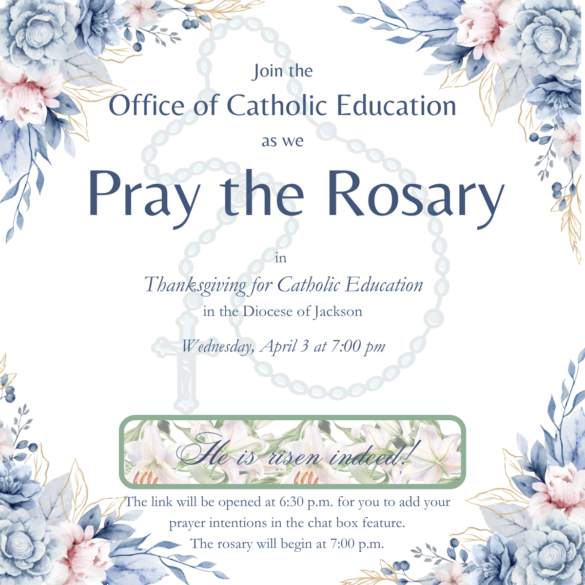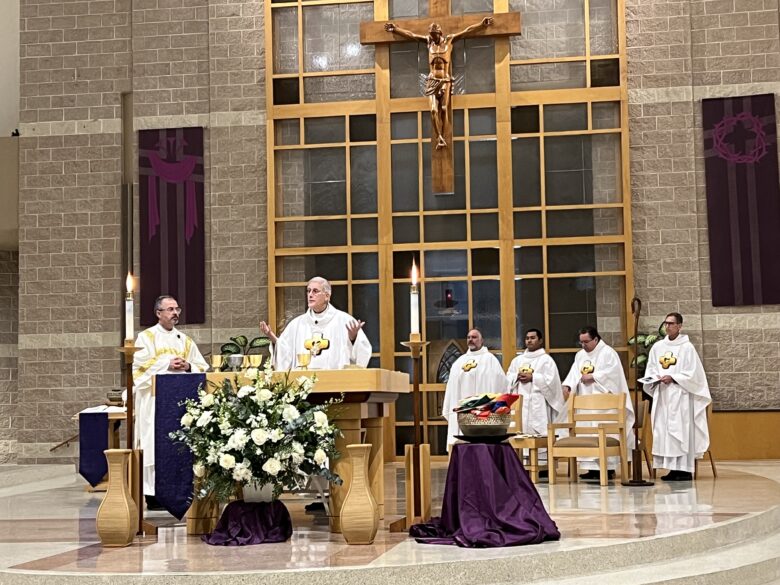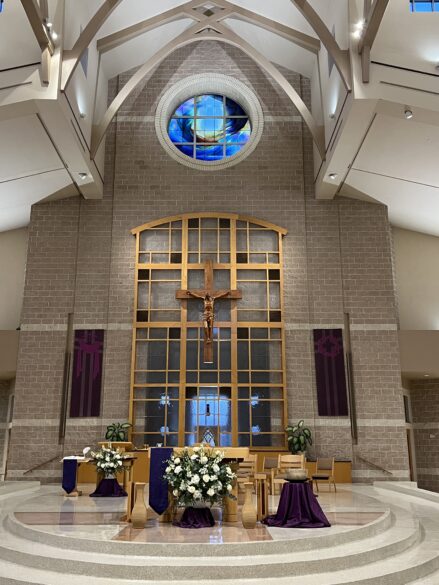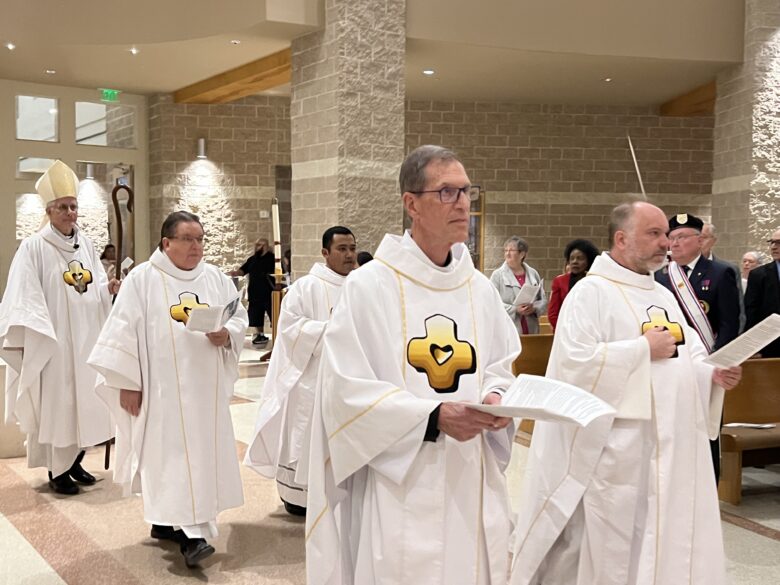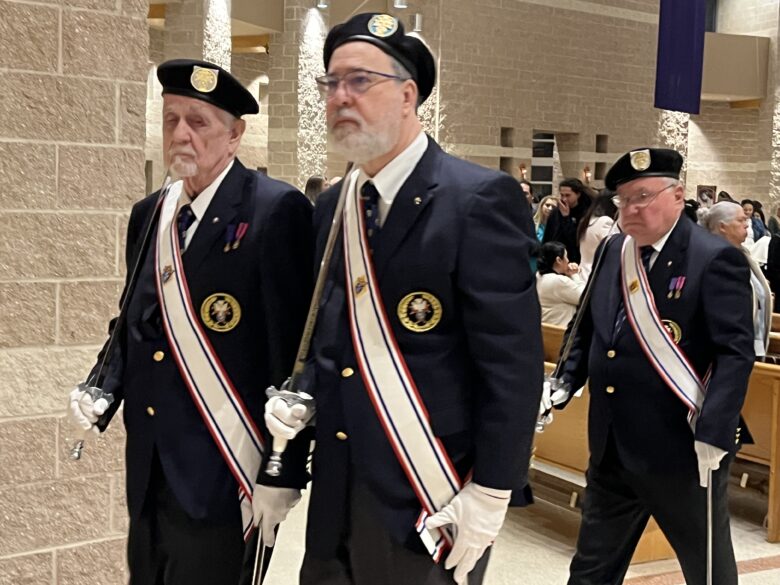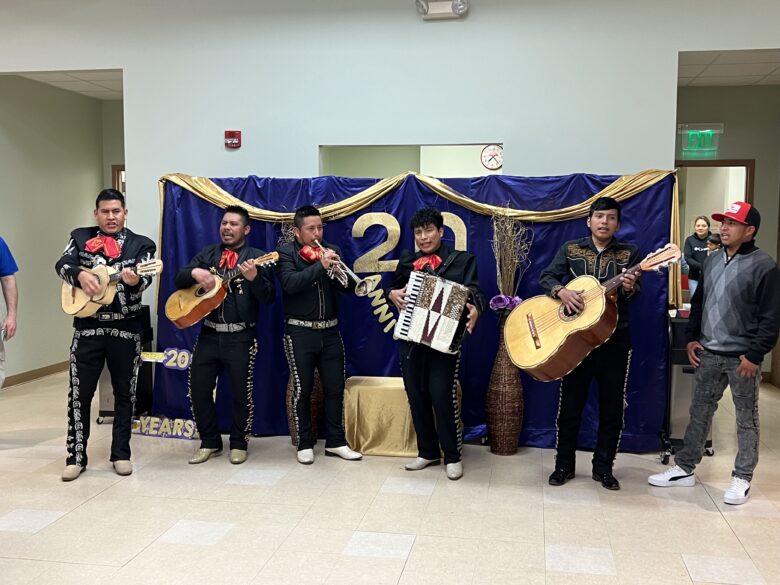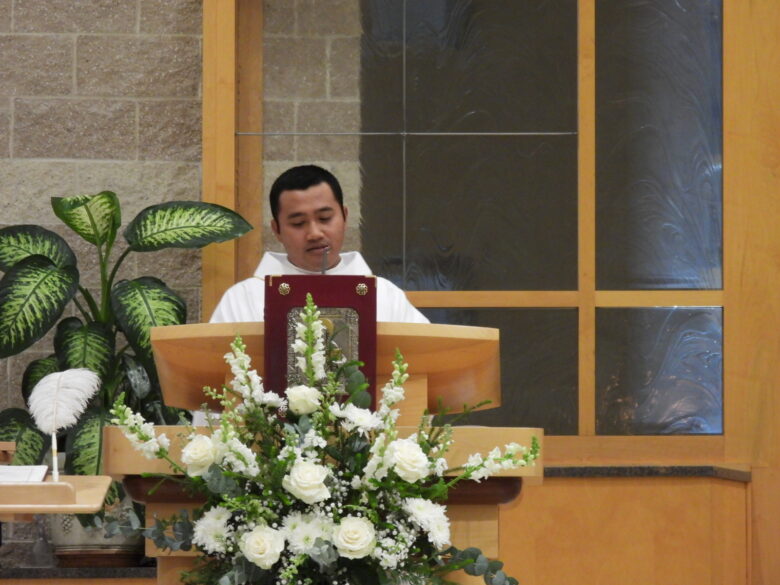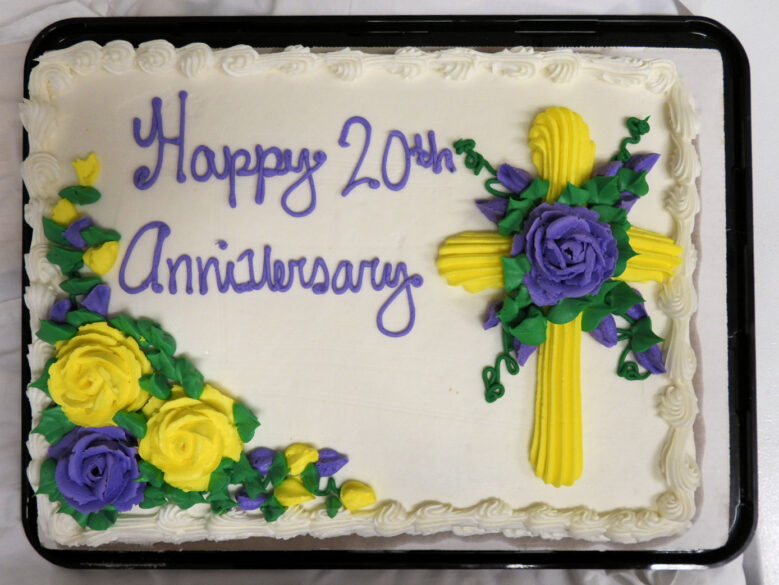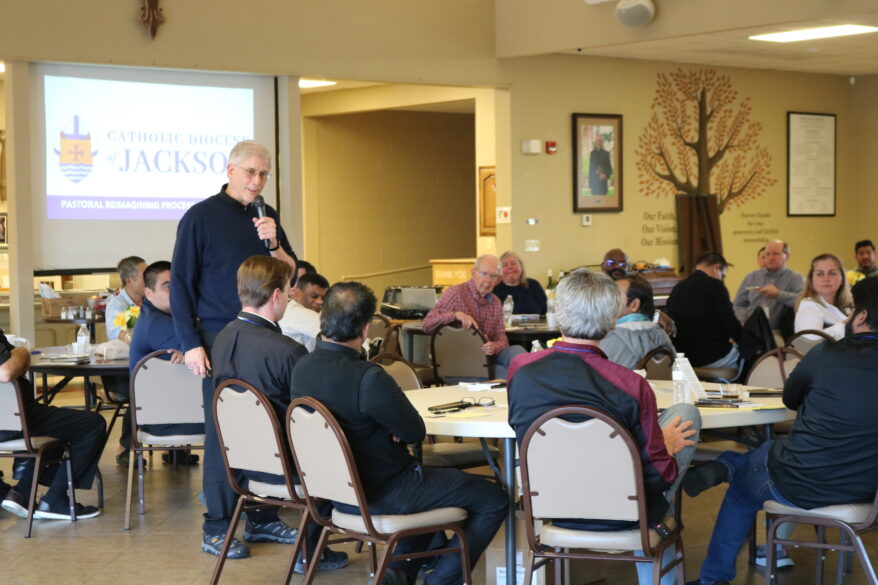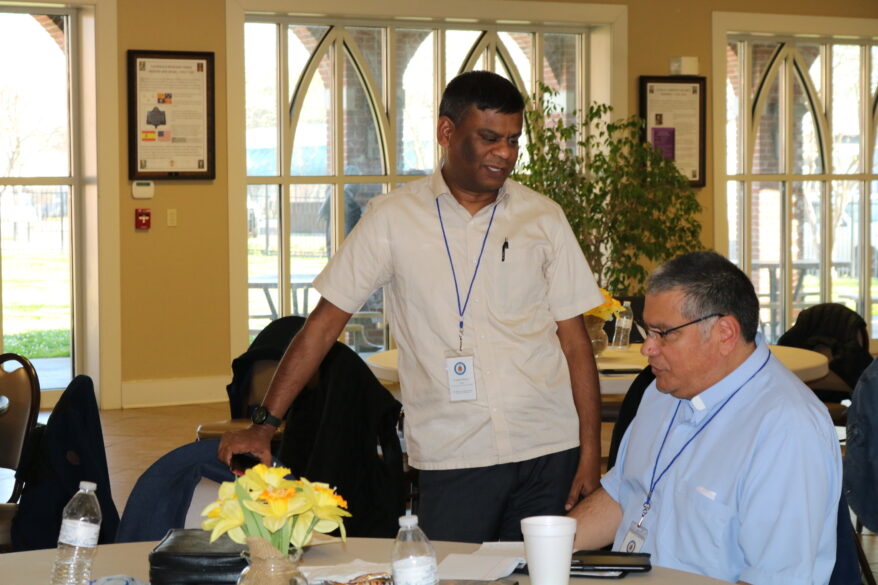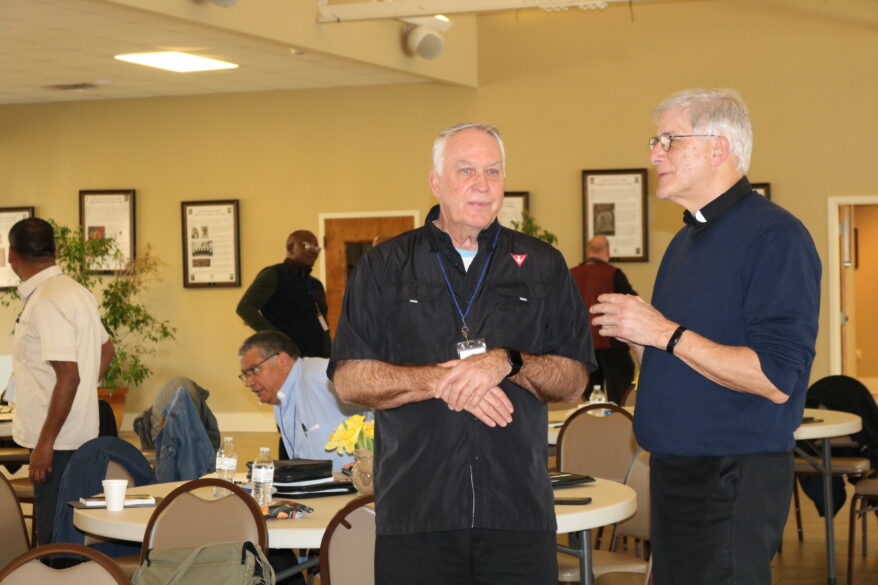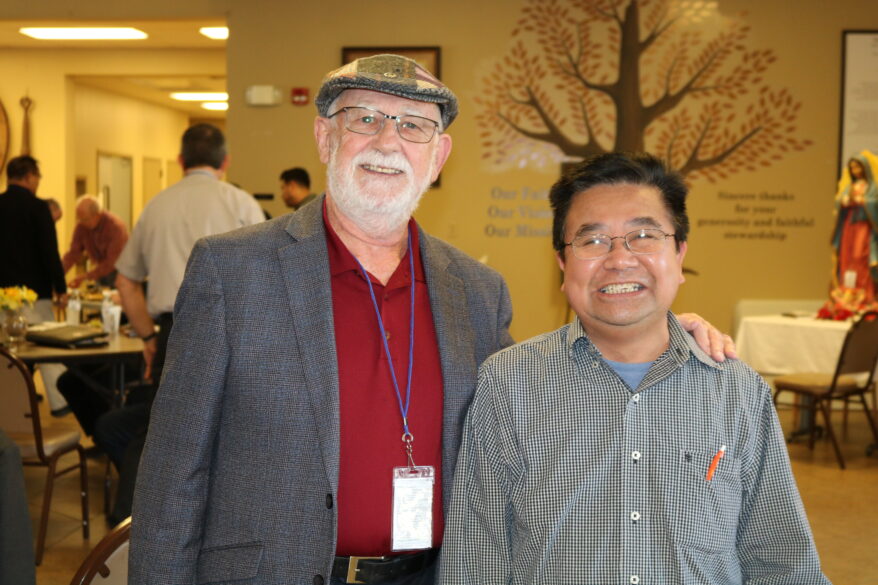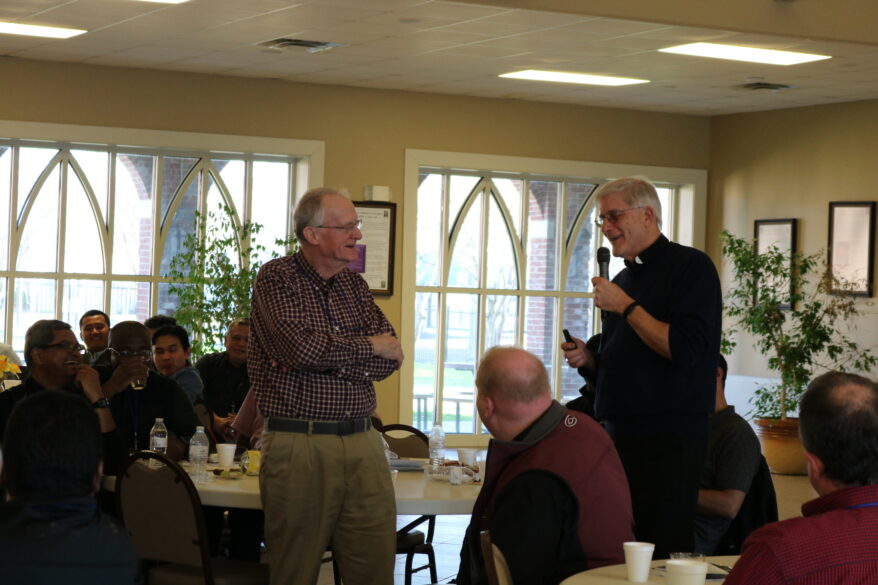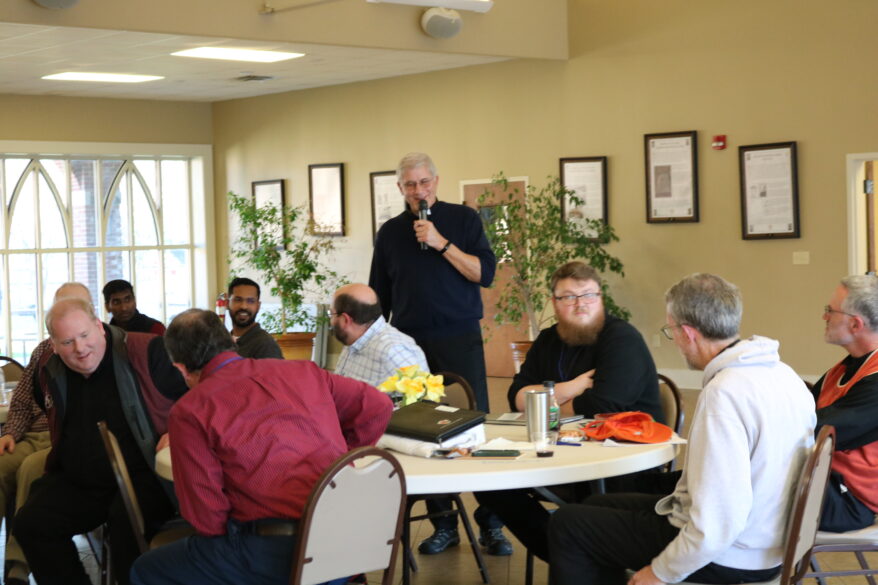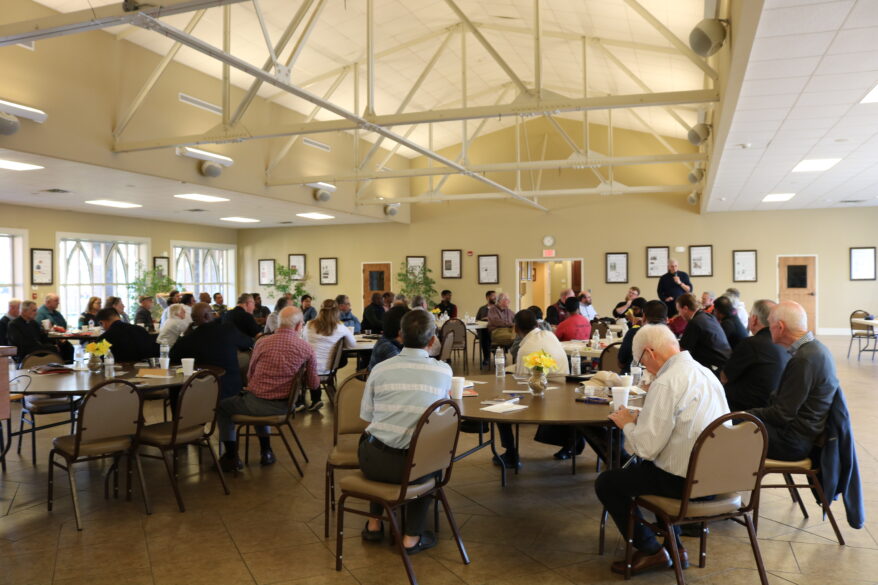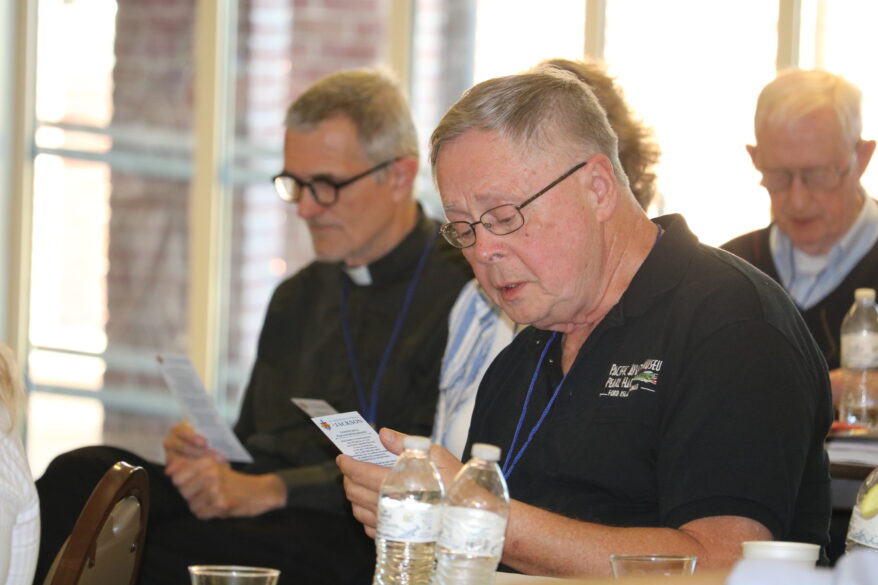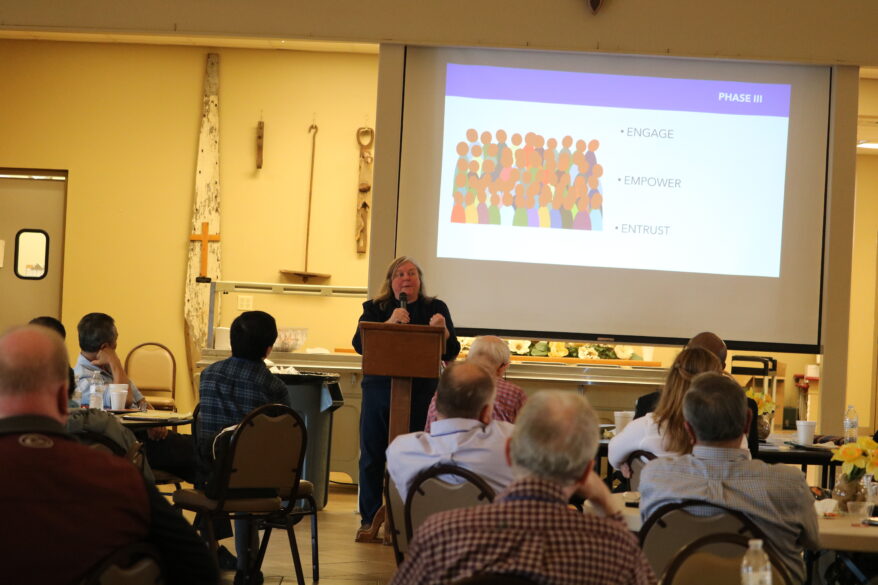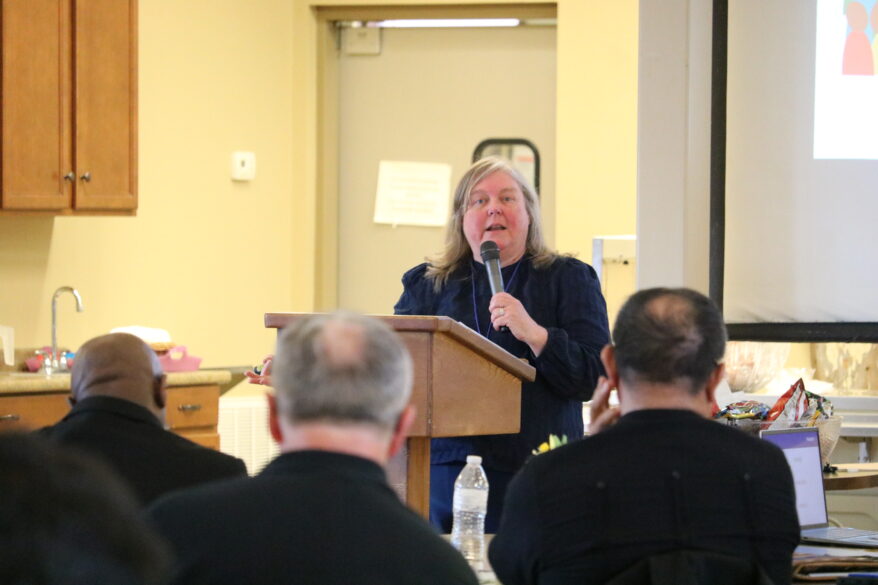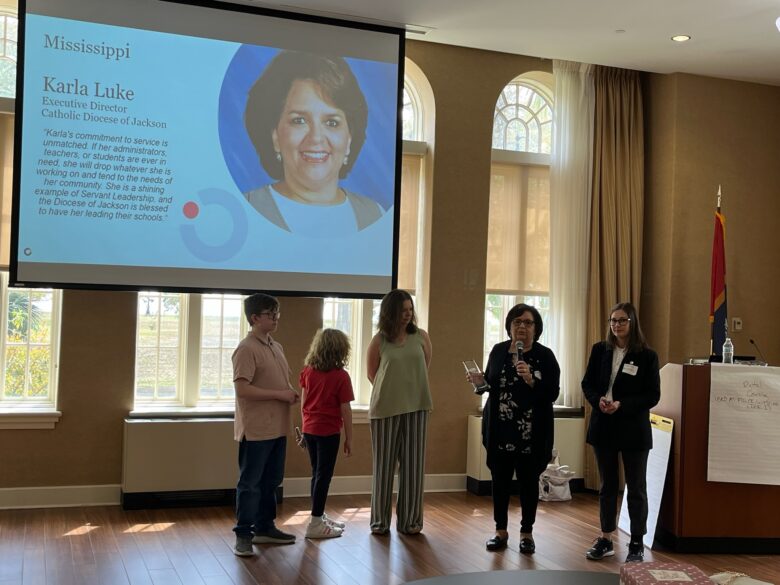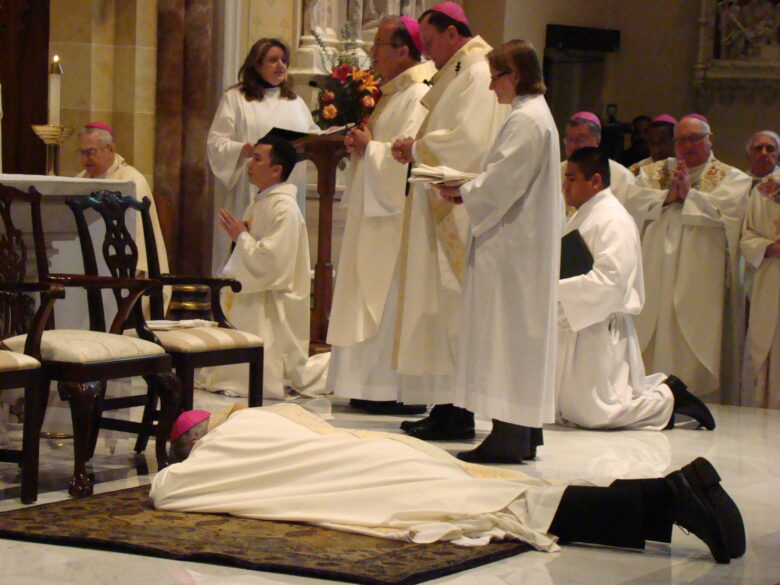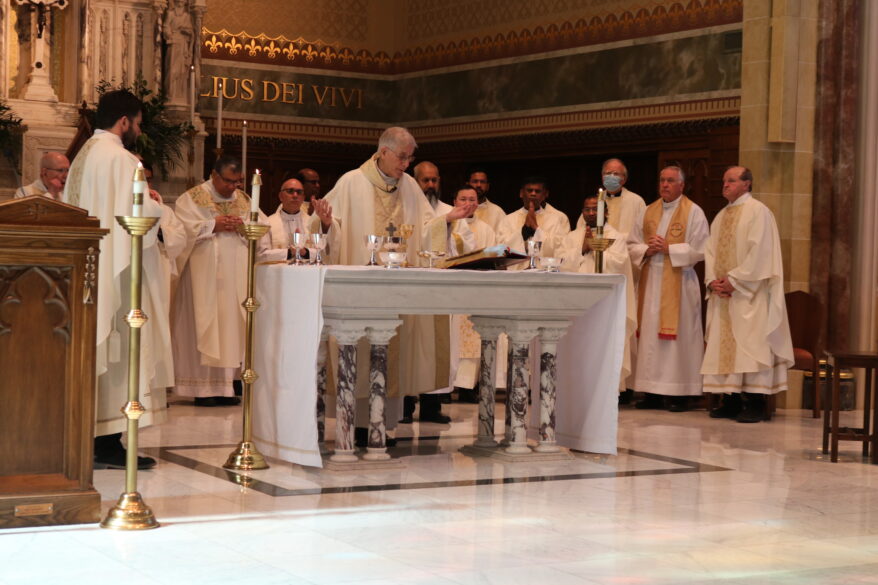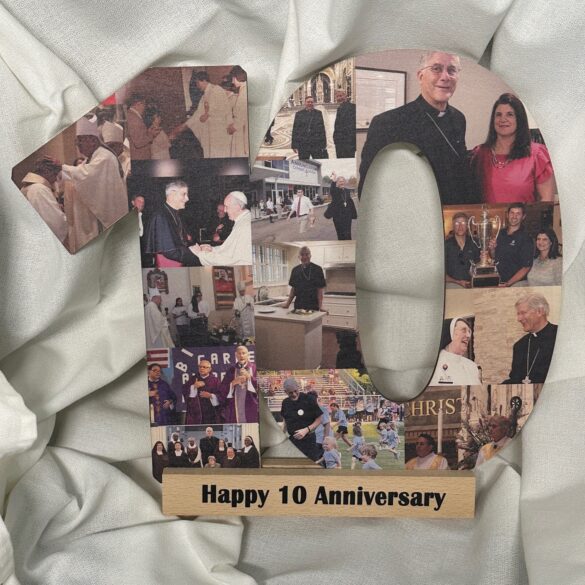PARISH, FAMILY & SCHOOL EVENTS
HERNANDO – Holy Spirit, Cocktails and Catholicism, Friday, March 8. Doors open at 6 p.m. with talk and cocktails after with Debbie Tubertini with the Office of Family Ministry for the diocese. She is speaking on marriage. Details: church office (662) 429-7851.
JACKSON – Bishop Chanche Awards, Saturday, March 2 at 11 a.m. at Cathedral of St. Peter. Honoring parishioners with outstanding service to the diocese.
JACKSON – Sister Thea Bowman School, Annual Draw Down, Saturday, April 27 at 6:30 p.m. in the multi-purpose building. Grand prize $5,000; tickets $100 (admits 2), second chance insurance $20. Enjoy great food, entertainment, silent auction, door prizes and more. Casual attire. Details: contact Shae at (601) 351-5197 or stbdrawdown@gmail.com.
NATCHEZ – St. Mary Basilica, Presentation on St. Peter’s Rome, Wednesday, Feb. 28 at 6:30 p.m. in the Family Life Center. All history buffs are invited to join Dr. Elizabeth Boggess dscussing the Rome of St. Peter’s time and the history of Jewish communities in Rome from the Diaspora to the present. Details: church office (601) 445-5616.
ROBINSONVILLE – Good Shepherd, Labor of Love – Day of Service, Saturday, March 9. Adult volunteers and grades 9-12, come help our fellow parishioners at Good Shepherd with a list of items that need to be fixed, cleaned and organized. Details: church office at Christ the King Southaven (662) 342-1073.
SOUTHAVEN – Christ the King, Lenten Lunch and Learn, Saturday, March 16 at 11 a.m. Topic: Conversations Overheard by the Cross. RSVP by Sunday, March 10. Details: church office (662) 693-1321.
SPIRITUAL ENRICHMENT
BROOKHAVEN – St. Francis, Holy Hour of Eucharistic Adoration, Wednesday evenings from 6-7 p.m. during Lent. Details: church office (601) 833-1799.
St. Francis, Parish Lenten Mission, March 18 and 19 from 6-8 p.m. Gifts of the Holy Spirit presented by Father Bill Henry. Details: church office (601) 833-1799.
MERIDIAN – St. Patrick, Parish Lenten Mission, Feb. 25-27 from 6-7 p.m. Mission featuring Father Phil Krill, a retired priest of the Archdiocese of St. Louis. All are welcome. Details: church office (601) 693-1321.
NATCHEZ – 2nd annual Believe Conference, April 19-21, 2024. Featured speakers are Anne Trufant, Catholic speaker and founder of The Mission on the Mountain; Barbara Heil, Catholic speaker and founder of From His Heart Ministries; and Joanne Moody, minister author, and founder of Agape Freedom Fighters. Cost: $100 for the weekend; $50 for students. Lunch included on Saturday. Details: visit https://www.themissiononthemountain.com.
SOUTHAVEN – Christ the King, Jesus and the Jewish Roots of the Eucharist, Thursdays, April 4, 18, 25; May 2, 9, 16, 23 30; and June 6 from 6:30-8 p.m.How do these Jewish roots help us, today to understand his real presence in the Eucharist? Facilitator is Don Coker. Details: church office (662) 342-1073.
COLLIERVILLE, Tenn. – Women’s Morning of Spirituality, Saturday, April 13 at Catholic Church of the Incarnation (360 Bray Station Road). Continental breakfast in the gym at 7:15 a.m; Program begins in Sanctuary at 8:15 a.m.; Mass at 12:15 p.m. Opportunities for Eucharistic Adoration, Reconciliation, Rosary and Divine Mercy Chaplet. Details: church office (901) 441-6157.
JOB OPENING
JACKSON – The Department of Faith Formation is looking for a full-time administrative assistant. The successful candidate will provide administrative assistance exercising quality pastoral skills for those in pastoral and formational ministry in the Diocese of Jackson. Details: 3-5 years’ experience in an administrative role providing direct support to a multicultural intergenerational department. Understanding basic accounting a plus. High school diploma or GED certificate required; completion of college degree in business preferred. Contact fran.lavelle@jacksondiocese.org with questions or for full job description. Send a cover letter and resume no later than March 11, 2024.
TRAVEL
“SPIRIT OF IRELAND AND SCOTLAND” WITH FATHER O’CONNOR – Join Father David O’Connor on a trip to Ireland and Scotland, June 8-17. Itinerary includes: flight to Dublin, two nights in Belfast, ferry to Scotland, two nights in Glasgow, Inverness and Edinburgh and return flight from Edinburg. Travel in a luxury coach from arrival time until departure, a professional driver/guide, 4-star hotels. Tour highlights include City of Belfast, Titanic, historic and architectural sites, wonderful landscapes and lakes of the Scottish highlands, Scottish food and entertainment. Cost: $4,955 (per person sharing) or $5,950 single. Only a few spots left! For more information/reservations contact Cara Group Travel at (617) 639-0273 or email bookings@caragrouptravel.com.
IRELAND AND SCOTLAND WITH FATHER AUGUSTINE – Join Father Augustine on a trip to Ireland and Scotland, Sept. 6-18. Trip includes stops in Galway, Our Lady of Knock, Cliffs of Moher, Killarney, Dingle Peninsula, Dublin, Edinburgh and St. Andrew’s Cathedral. Cost: $5,499 – all inclusive, including airfare. To register, contact Proximo Travel at (855) 842-8001 or visit www.proximotravel.com.

